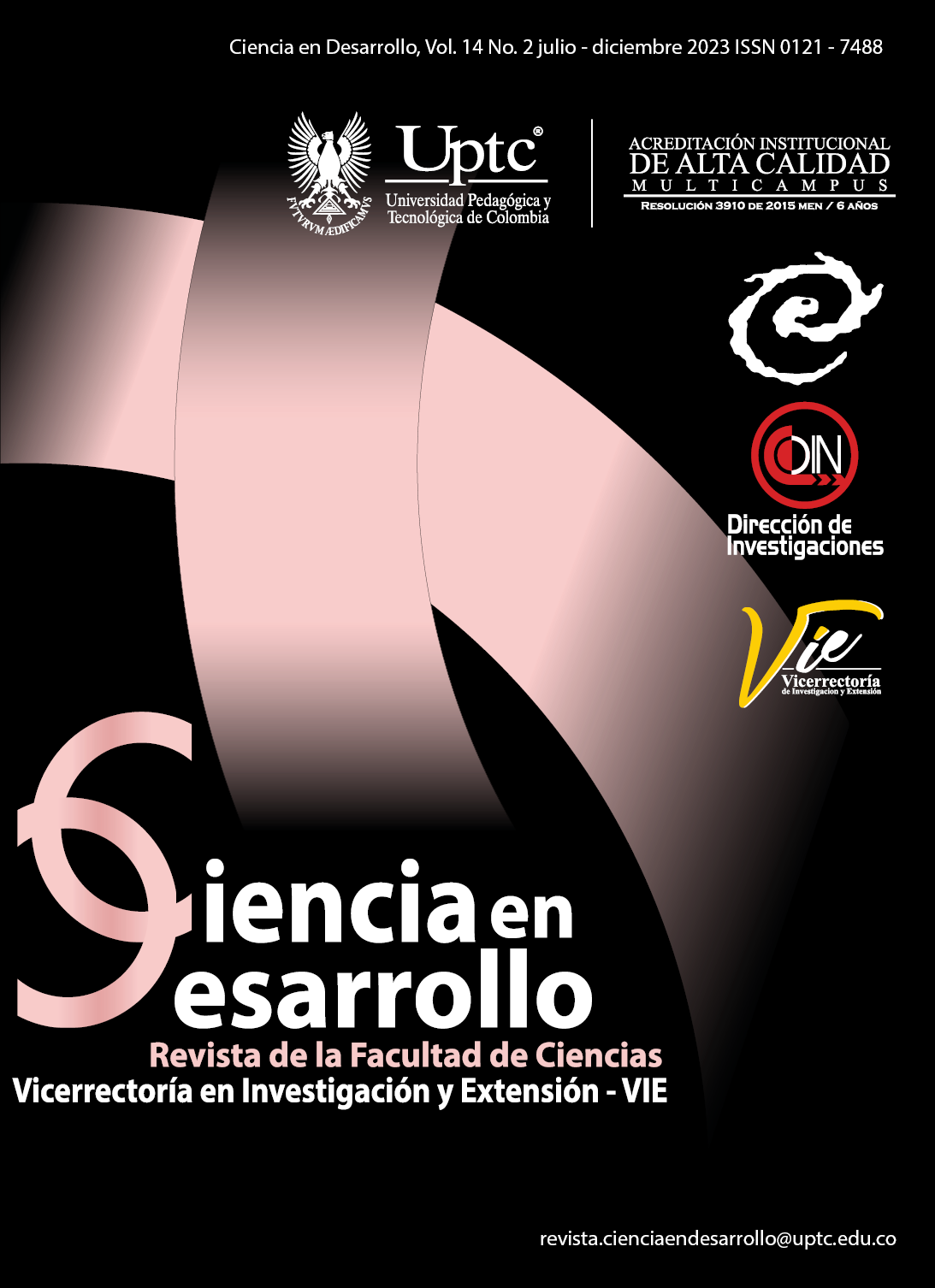Sobre el método de Newton-Raphson y sus modificaciones

Resumen
El método de Newton-Raphson, también conocido como método de Newton, permite la aproximación sucesiva de raíces de funciones de valor real, partiendo de un valor inicial, siendo útil incluso para generar fractales al considerar funciones complejas. Es un método de convergencia rápida, pero no garantizada, razón por la cual se han propuesto diversas modificaciones del método. En este trabajo se presentan algunas modificaciones del método de Newton-Raphson y se estudia las falencias de convergencia de estos métodos a través de ejemplos.
Palabras clave
Método de Newton-Raphson, Convergencia, Fractal
Citas
- M. Allen and E. Isaacson. Numerical analysis for applied science. John Wiley and Sons, 2nd edition, 2019.
- R. Burden and J. Faires. Numerical analysis, 9th edition, Cengage learning, 2011.
- S. Chapra and R. Canale. Numerical methods for engineers, Mc Graw Hill, 7th edition, 2015.
- W. Cheney and D. Kincaid. Numerical mathematics and computing, Cengage learning, 7th edition, 2013.
- P. Deuflhard. A short history of Newton's method. Doc. Math., extra volume ISMP, p. 25-30, 2012.
- A. Faul. A concise introduction to numerical analysis. CRC Press, 2016.
- W. Gilbert. Generalizations of Newton's method. Fractals, vol. 9, no. 3, p. 251-262, 2001.
- A. Goudjo and L. Kouye. A new modification of Newton method with cubic convergence. Adv. Pure Math., vol. 11, no. 1, p. 1-11, 2021.
- T. Heister, L. Rebholz and F. Xue. Numerical analysis. De Gruyter, 2019.
- M. King and N. Mody. Numerical and statistical methods for bioengineering. Cambridge University Press, 2010.
- Q. Kong, T. Siauw and A. Bayen. Python programming and numerical methods. Academic Press, 2021.
- H. Lee. Programming with Matlab. SDC Publications, 2016.
- T. Mc Dougall and S. Wotherspoon. A simple modification of Newton's method to achieve convergence order $1+sqrt{2}$. Appl. Math. Lett., vol. 29, p. 20-25, 2014.
- A. Ozyapici, Z. Sensoy and T. Karanfiller. Effective root-finding methods for nonlinear equations based on multiplicative calculi. J. Math, Article ID 8174610, p. 1-7, 2016.
- S. Plaza and N. Romero. Attracting cycles for the relaxed Newton's method. J. Comput. Appl. Math., vol. 235, p. 3238-3244, 2011.
- A. Ralston and P. Rabinowitz. A first course in numerical analysis. Mc Graw-Hill, 2nd edition, 1978.
- G. Rubiano. Iteración y fractales. Universidad Nacional de Colombia, 2009.
- S. Saha. Numerical analysis with algorithms and programming. CRC Press, 2016.
- M. Sahari and I. Djellit. Fractal Newton basins. Discrete Dyn. Nat.Soc., p. 1-16, 2006.
- T. Sauer. Numerical analysis. Pearson, 3rd edition, 2018.
- F. Vieira and R. Machado. The Newton fractal's Leonardo sequence study with Google Colab. Int. Electron. J. Math. Educ., vol. 15, no. 2, p. 1-9, 2020.
- J. Ward and R. Churchill. Complex variables and applications. Mc Graw Hill, 9th edition, 2009.
- S. Weerakoon and T. Fernando. A variant of Newton's method with accelerated third-order convergence. Appl. Math. Lett., vol. 13, p. 87-93, 2000.
